Sony Inzone M10S review: As good as desktop gaming gets
This is a stunner of an OLED monitor


The Sony Inzone M10S is a superb gaming monitor for those with the cash to pick it up – it has all the benefits of OLED tech (rich blacks, no haloing), but with a sky-high refresh rate to ensure you can game as competitively as possible. It's not native 4K, for those who care, though, and the price makes this a great luxury option for aspiring pro gamers.
-
+
Superb OLED picture quality
-
+
Perhaps the best design out there
-
+
Very high refresh rate
-
-
Only two HDMI ports
-
-
It's a pricey one
-
-
1440p limit
Why you can trust T3

The world of gaming monitors is one full of specs lists and "bigger number is better" thinking – particularly when it comes to refresh rates. But there's no denying that the higher your ceiling on that front, the more headroom you have. Sony's top-end Inzone monitor, the M10S, demonstrates just what that can mean for you.
This is a superb bit of OLED engineering, and I think it might just be perfect for some dedicated gamers – although the price tag attached does make it a luxury proposition. I've loved using it for the last few weeks of testing, though, and I'll miss it when it's gone. If you're looking for more resolution then check out our Best 4K Monitors guide.
Price and Availability
The Sony Inzone M10S has been around for a good while at this point, having launched in late 2024. However, this is the first opportunity I've had to use it since then. As such, it's available from a whole heap of retailers.
The monitor launched at an aggressive price, too: £1,199 in the UK, €1,199.99 in the EU, and $1,099 in the US. That was on the high-end of the market for 1440p OLED monitors back then, and it remains so now. Check out the shopping widget above in the hope of some decent discounts.
Design, features and specs
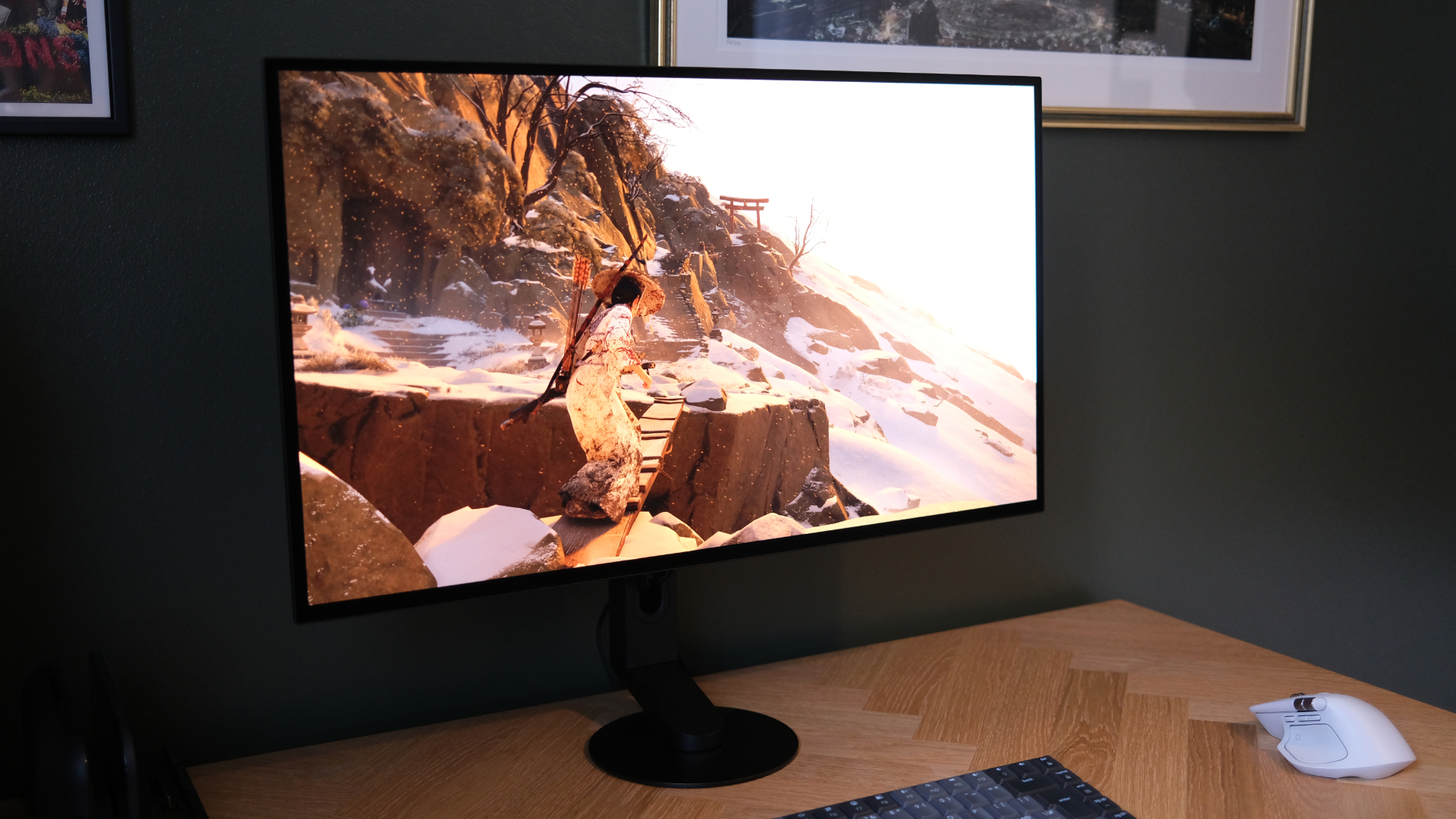
I always talk about the design of tech that I test early on in a review, but when you're checking out a monitor, there's often very little to say beyond commenting on how thin it is and what the stand's footprint is like. In the Inzone M10S' case, though, I can be a whole lot more glowing than that.
This is as gorgeous a gaming monitor as I've ever tested, in a way that makes me surprised a monitor stand could ever inspire such depth of feeling in me. The M10S rests on a small disc of metal on your desk, with an arm (and some light cable management tracks) connecting to the monitor itself, which has a large central section and then an extremely thin panel.
The stand has some tilting, and you can rotate the monitor through the full 360 degrees of movement, which makes it really easy to adjust its positioning on the fly. While the benefit of such a small stand footprint is obvious in terms of desk space and cleanliness, it's hard to put my finger on why I think the monitor looks so great beyond that, but it's a really total effect. Whatever angle you look from, this is a clean and elegant bit of design, and it really does put a lot of other gaming monitors to shame.
Get all the latest news, reviews, deals and buying guides on gorgeous tech, home and active products from the T3 experts

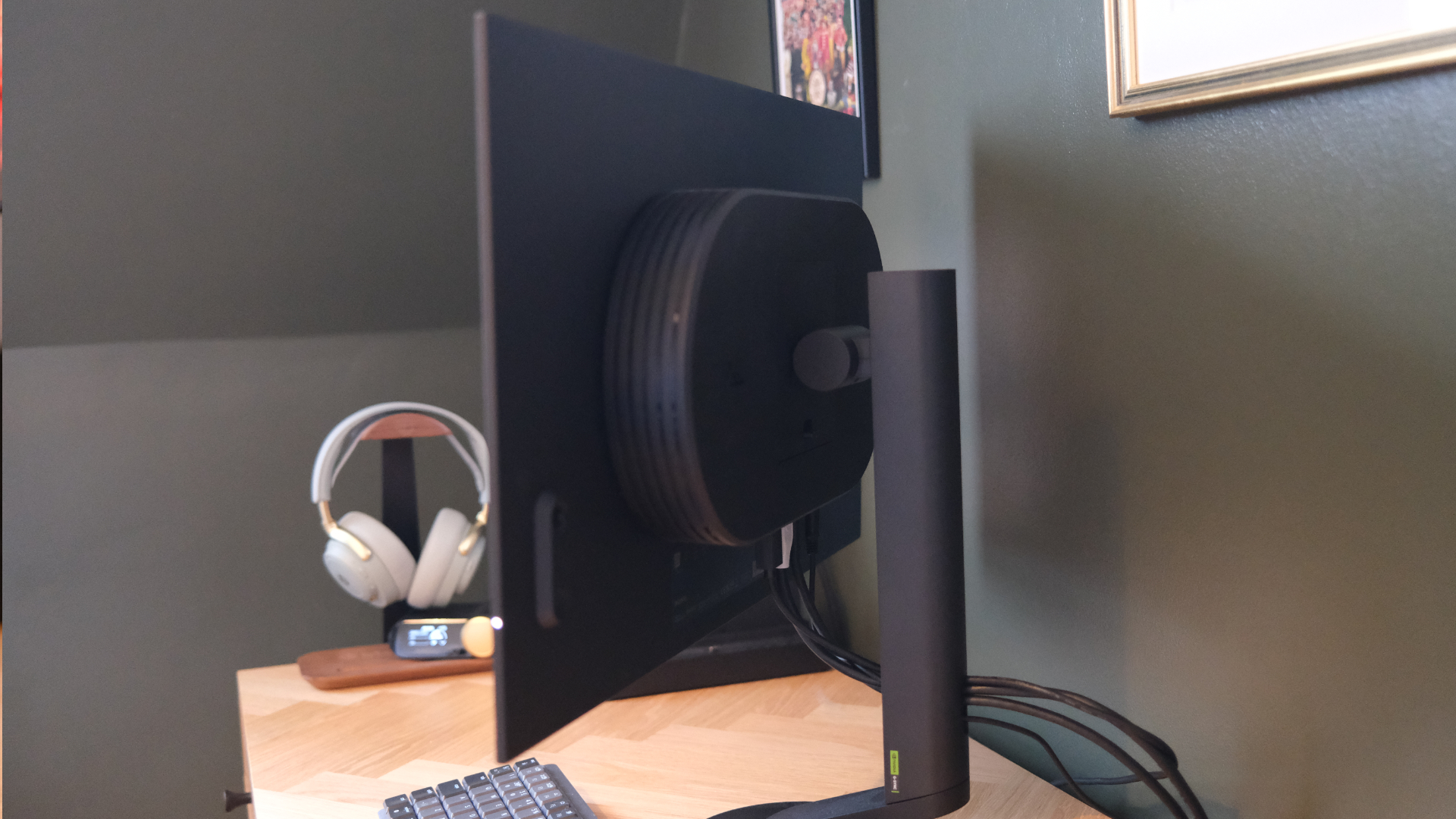
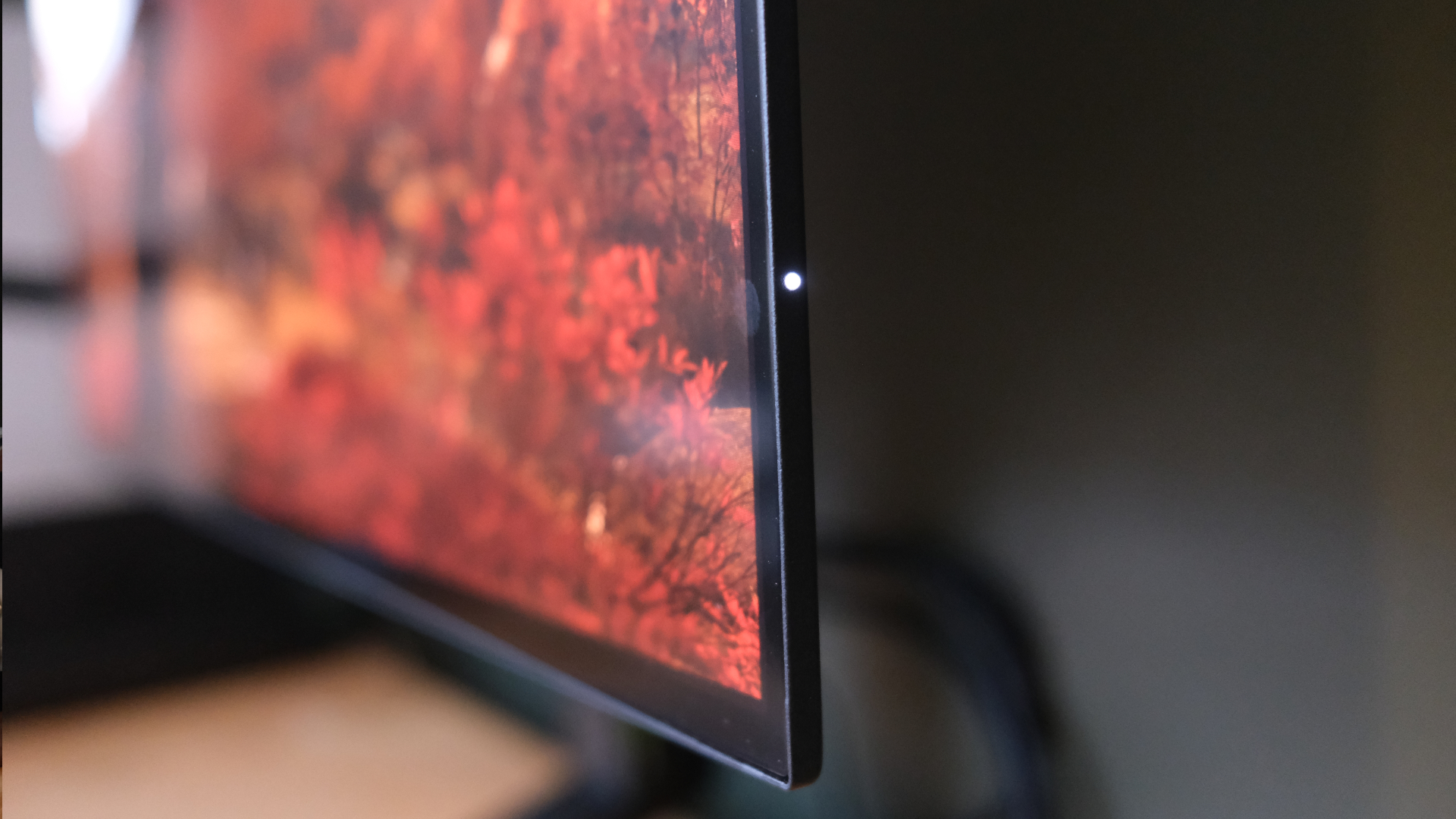
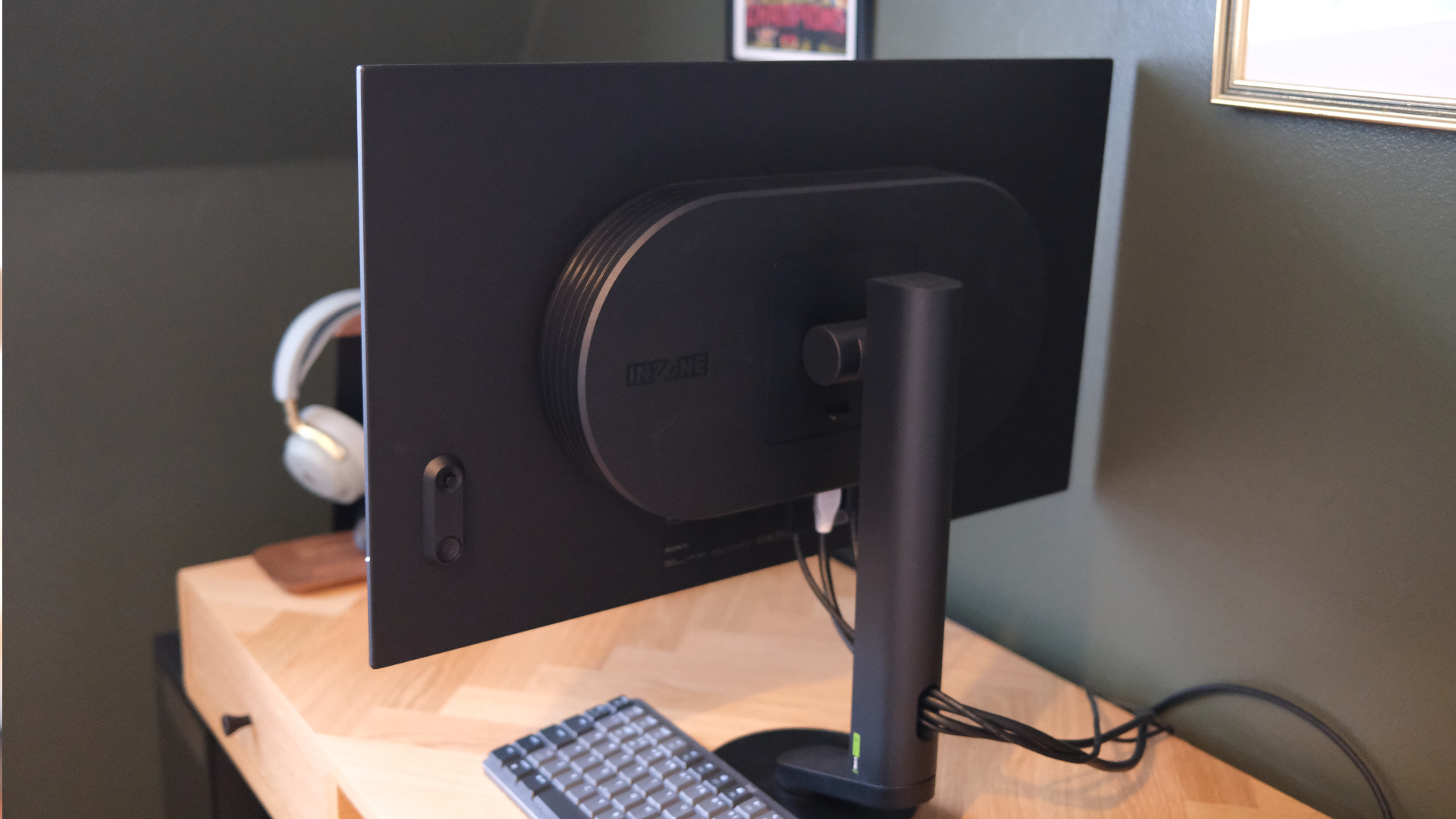
Inputs are a huge variable for monitors like this, of course. On the back of the M10S, you'll find two HDMI 2.1 sockets, as well as a single DisplayPort 2.1 port and some USB ports (plus a 3.5mm jack for headphones).
This is a pretty okay level of connectivity, but I come from a school of thought that there's no such thing as too many input options. I have my work laptop, PS5 Pro, Switch 2 and gaming PC all at the same desk, and could only have three of these connected, which was a pain. It's an HDMI issue that most TVs suffer too.
In terms of specs, the M10S is an OLED panel with a native resolution of 2560 x 1440, and it's 27-inches diagonally. I've long thought this is the best size for almost everyone looking for desktop gaming, and that holds true here. The variable refresh rate, meanwhile, caps out at a massive 480Hz, making this a doozy for competitive gaming.
The monitor also boasts an impressive 0.03 ms response time, to hopefully add to the feeling of responsiveness, and also has a range of compatibilities you like to see. These include Nvidia G-sync and Vesa-Certified Adaptive Sync, covering your bases. Its HDR capabilities match the requirements for DisplayHDR True Black 400, too, for better colour accuracy.

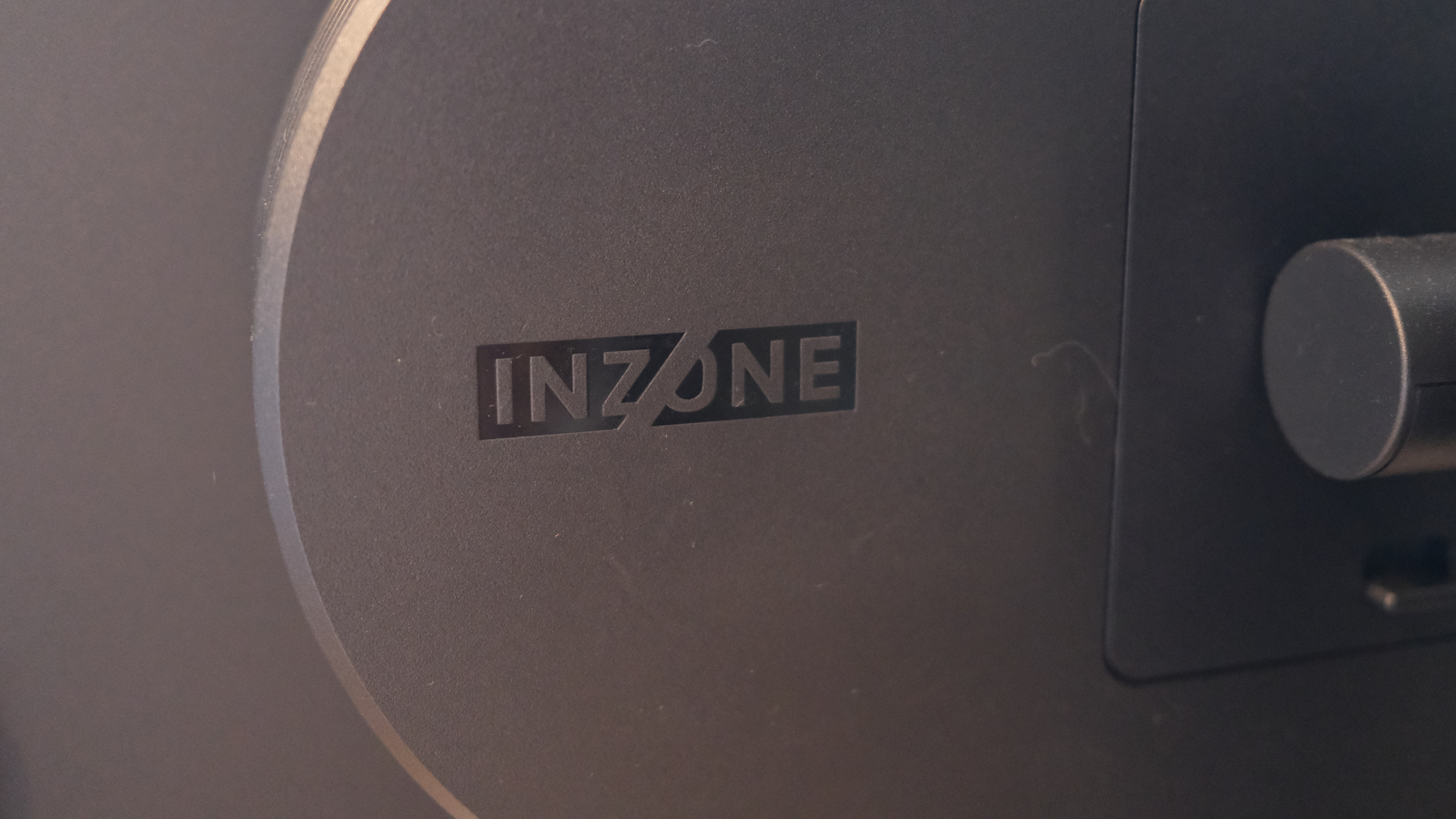
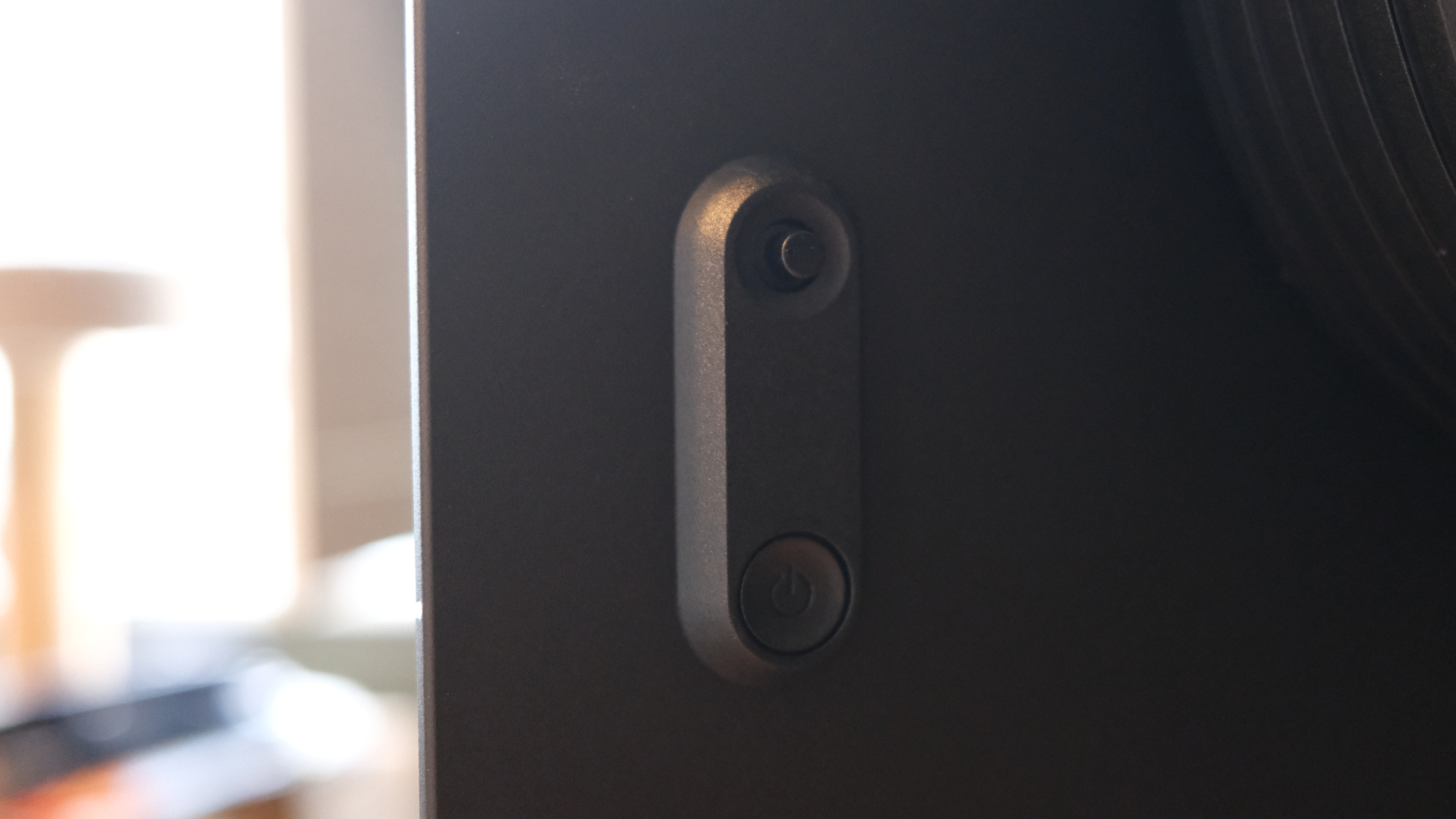
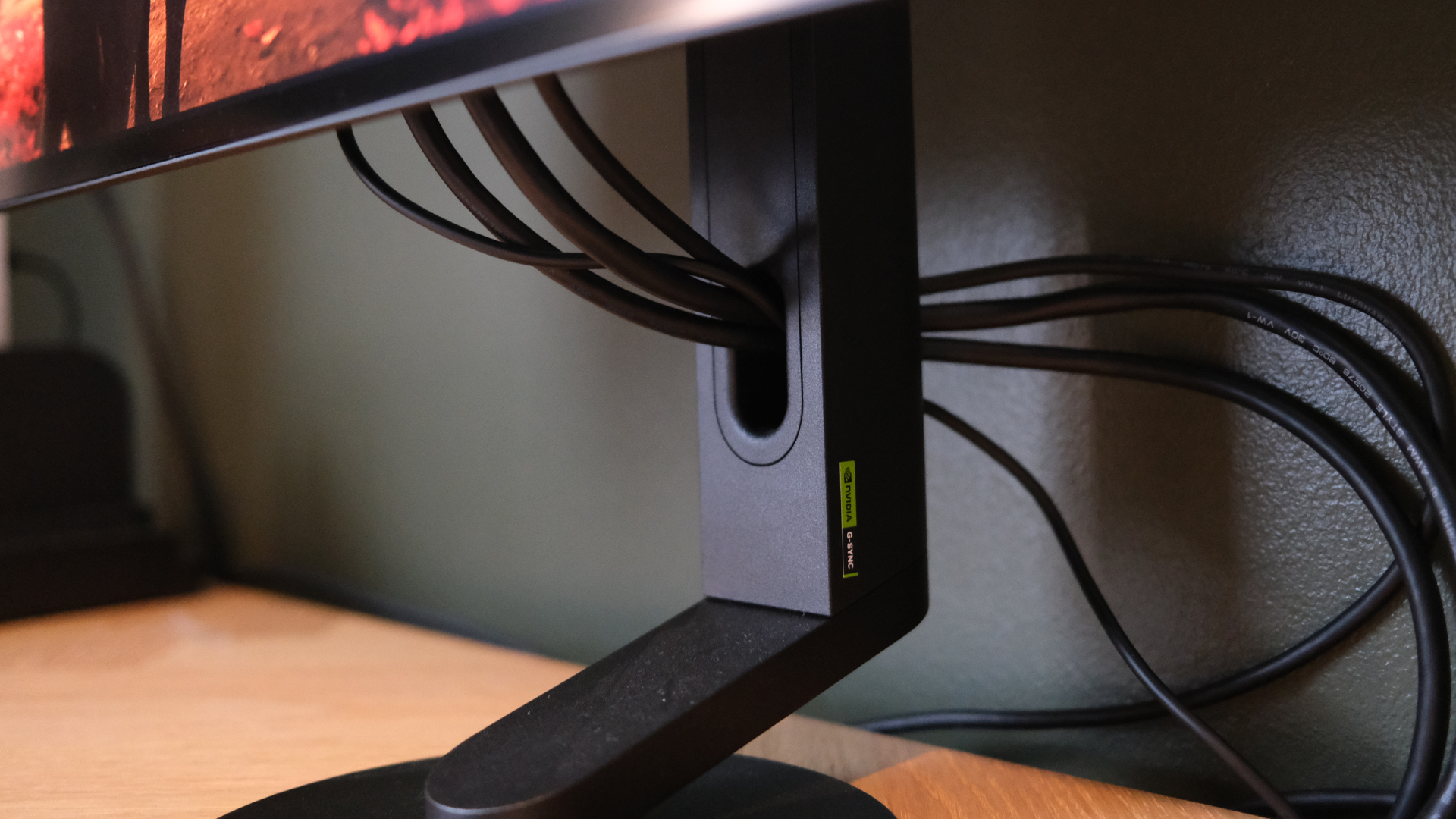
Beyond its raw specs, Sony has crammed in some additional features to explore. One, for instance, lets you shrink the onscreen display using black bars, down to 24.5-inches (the size typically used in tournaments) for practice.
Another set of options helps protect from the risk of OLED burn-in, including dimming systems for static elements. All of these can be turned off, too, since some are more noticeable than others.
The monitor's menus are all accessed from a little control nub on its back, and it's really easy to navigate through. Below this is the main power button, which is similarly easy to find with your hand.
Performance

Swapping from a monitor with 144Hz refresh rate capabilities to this one, with 480Hz, I was prepared to conclude that you really can't feel the difference over a certain level; while there's certainly some truth in that, it's also a little depressing to report that the smoothness offered by the M10S is nonetheless superb to control.
If you play a competitive game that's been designed to let you maximise its frame rate, like Counter-Strike 2 or Valorant, you'll be able to enjoy staggering performance on this monitor, and cross off another item on the list of potential excuses when you still lose. The fact that you get this paired with the lush blacks and rich colours of its OLED panel makes it even more attractive.
Variable refresh rate (VRR) is a huge asset here, too, since it works not just on PC but also on consoles like the PS5 Pro I've got hooked up. That means that you can enjoy smoother-feeling performance even when your frame rate is, in fact, jumping around a little.

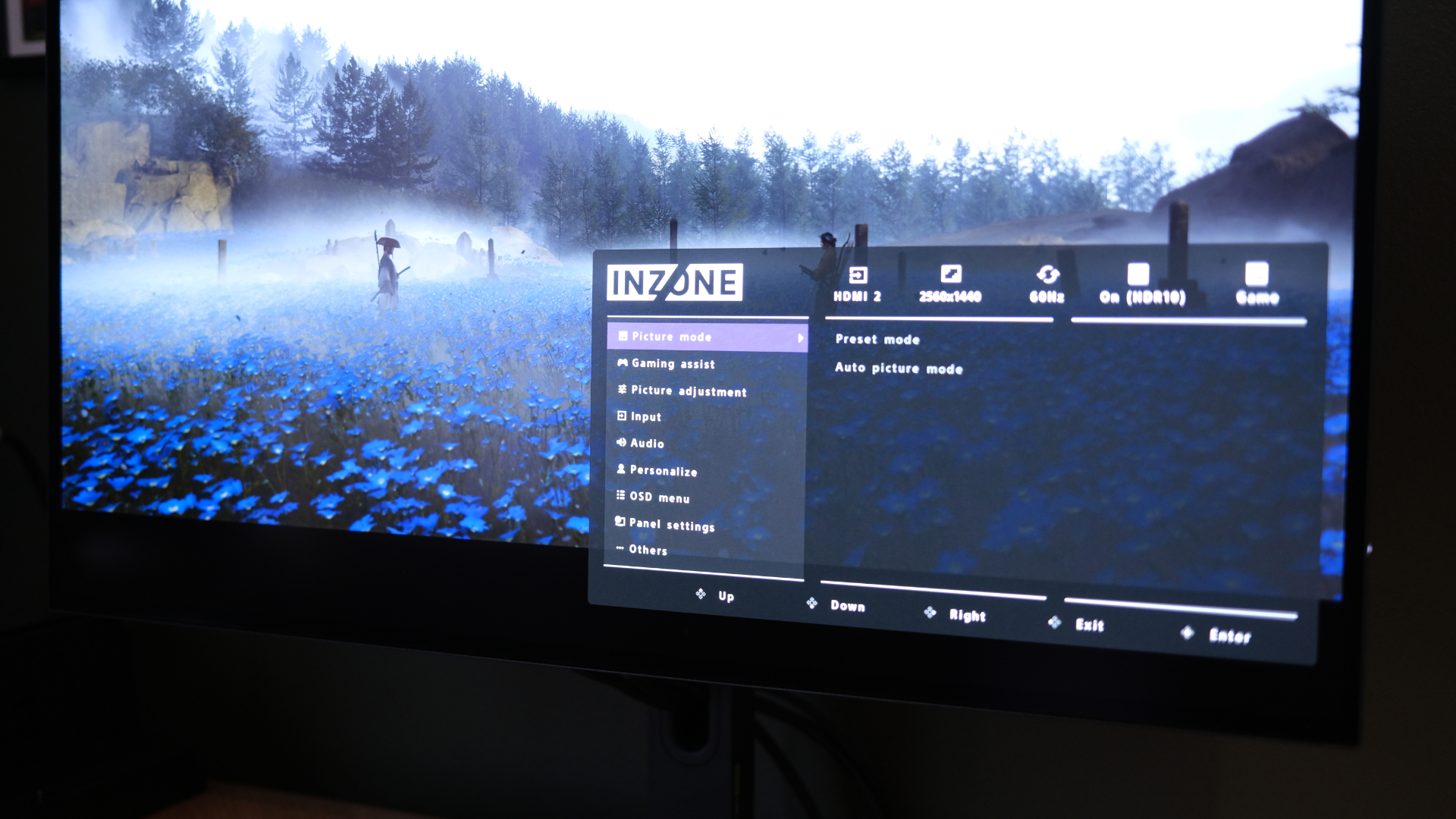
Speaking of the PS5 Pro, that brings me to the M10S's one main limitation – it's a 1440p monitor, not a 4K one. That means you won't get full 4K output from your consoles, but it'll save your PC a huge amount of headroom at a viewing distance where native 4K is basically not really needed anyway.
I think the tradeoffs are worth it here, but it's worth considering whether you'd like 4K just to have it for the odd movie, console game or any other use case, since the M10S simply can't oblige in that case. On a similar note, there are no built-in speakers here at all.
I found the monitor pretty gorgeous, no matter what I played on it, though, from Battlefield 6's explosive online matches to the eerie creepiness of Silent Hill f – everything shone. The 1300nits of peak brightness also meant I never felt like the monitor was washed out even in bright conditions, although some of its auto-adjusting brightness features were distracting until I disabled them.
Verdict
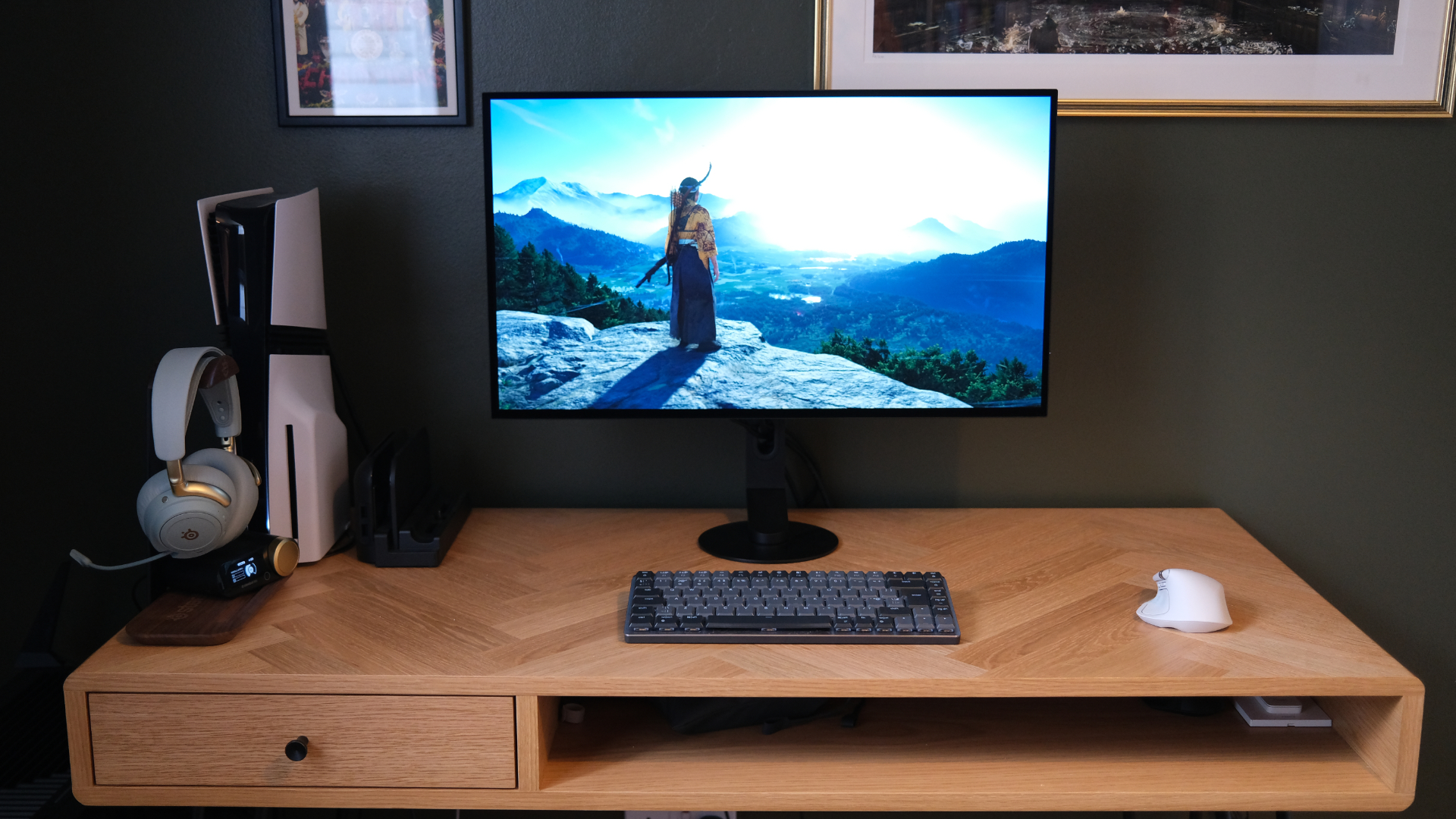
There's no doubt that this is a luxury monitor from Sony, but it thankfully does well enough in justifying its price.
If you're on the market for a 1440p OLED panel, you'll probably be able to find cheaper ones – but few will match the gamut of features and benefits that the M10S boasts.
Its design is as good as I've ever encountered in the field, and while I wish it offered more HDMI ports, that gripes aside, this is a very accomplished bit of gaming kit for those with a chunky budget and an aspiration to become truly competitive in their gaming.
Also consider
The monitor market isn't one full of cut-price options if you want to get anywhere near the specs of the Inzone M10S, to be frank, but those happy to spend even more have plenty of choice. Case in point: the LG UltraGear GX9, which is exemplary in either 39-inch or 45-inch variants.
The 39-inch version is actually cheaper than the M10S, while the 45-incher exceeds it, and both completely change how you game, with ultrawide aspect ratios that make your games look frankly unreal, and come with a huge gamut of features to make gaming on less than the whole screen an easy possibility.

Max is T3's Staff Writer for the Tech section – with years of experience reporting on tech and entertainment. He's also a gaming expert, both with the games themselves and in testing accessories and consoles, having previously flexed that expertise at Pocket-lint as a features editor.
You must confirm your public display name before commenting
Please logout and then login again, you will then be prompted to enter your display name.